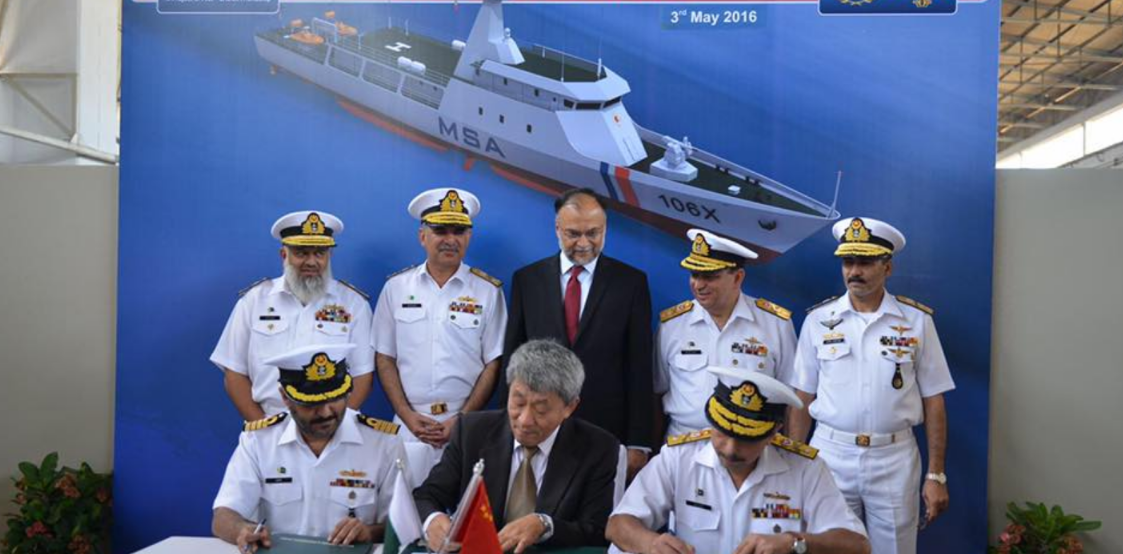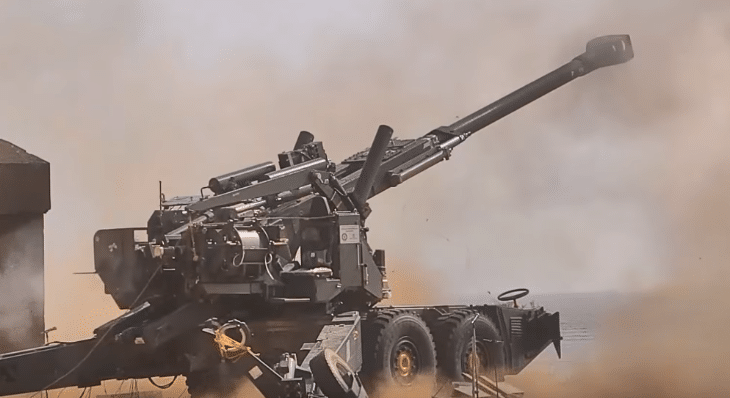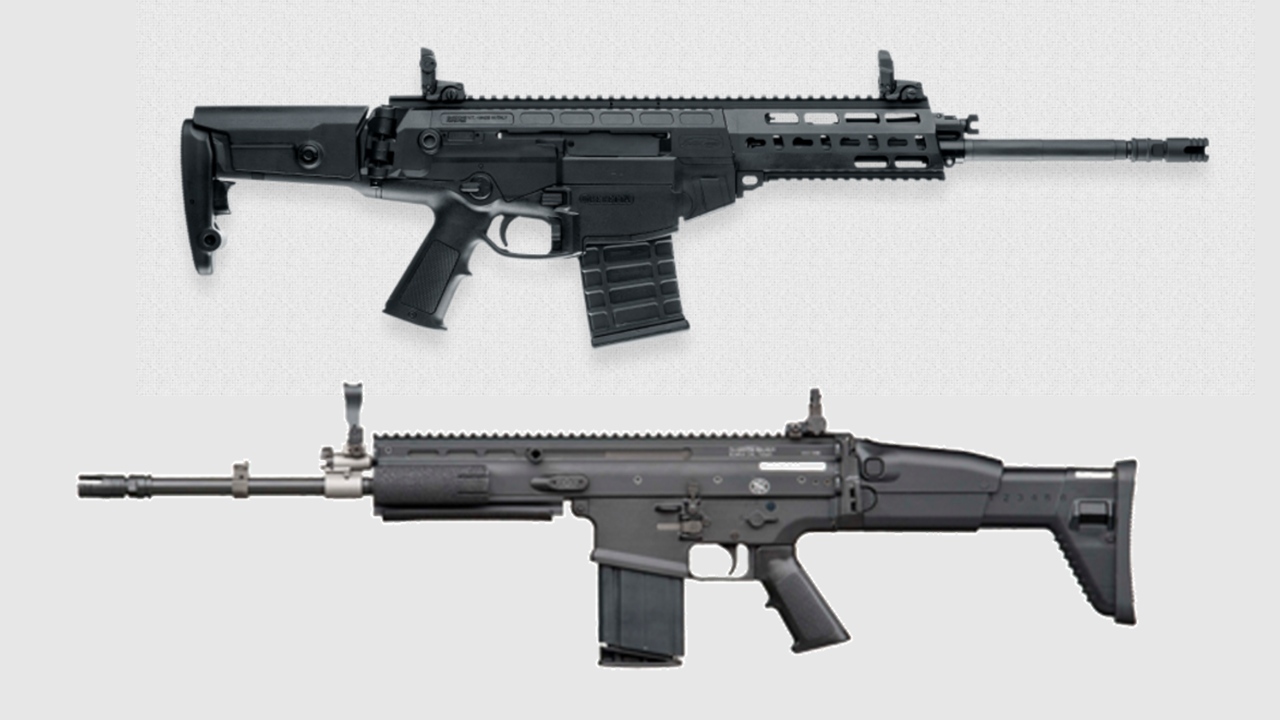2602Views 4Comments

First maritime patrol vessel for Pakistan enters production
The steel-cutting ceremony of a 600-ton maritime patrol vessel (MPV) destined for the Pakistan Maritime Security Agency (PMSA) took place this week at Karachi Shipyard & Engineering Works (KSEW).
The PMSA will induct six new patrol vessels the coming years. In addition to the 600-ton MPVs (of which one is now under construction in Karachi), the PMSA will also induct one or two 1500-ton offshore patrol vessels (OPV) as well. The first of these 1500-ton OPVs entered production in China in February.
These patrol vessels are promising and much needed additions. Pakistan’s maritime theatre was always an important geo-strategic issue, but the growth (however slow) of Gwadar and Pakistan’s continued – if not increasing – dependence on sea trade makes all naval development a necessity.
The PMSA’s new patrol vessels will take on a wide range of roles, such as protecting Pakistan’s fisheries, engaging in anti-piracy and anti-smuggling operations, and even supporting in search and rescue missions. The PMSA also had eight GRC43M Cutters on order from the U.S. as well.
Comment & Analysis
Unfortunately, there is some bad news. Although KSEW is becoming an increasingly integral piece in the Pakistan Navy’s modernization roadmap, Pakistan’s shipbuilding is not where it needs to be. Of course, one also refer to the lack of new multi-mission frigates in the pipeline as well, but there is another problem at play as well. Even for the ships that Pakistan has in the pipeline, Pakistan’s shipbuilding industry has not reached the efficiency necessary for it to support its naval needs.
An article on Dunya News shed light on how KSEW lost out on the contract to produce four of the PSMA’s new patrol ships due to its inability to keep production costs lower than the original vendor. Instead, KSEW will produce two: a 600-ton MPV and a 1500-ton OPV.
The government’s inability (or unwillingness?) to understand the value of taking the cost-difference as a stimulus to support the local economy aside, it is a valid question, how could the cost of producing the MPVs and OPVs be more expensive given Pakistan’s low labour costs?
The Dunya News article did not make it clear whether the higher cost was a due a lack of sufficient room to produce the ships (given that KSEW is the sole major shipyard in Pakistan), or whether it is a result of antiquated manufacturing processes and techniques, or a combination of various problems. It seems part of the reason is a lack of space. The federal government has still not approved the construction of a new major shipyard in Gwadar, thus requiring KSEW to take on the burden of major and minor shipbuilding.
One thing Pakistan could consider doing is pushing the production of maritime patrol vessels (and ideally merchant ships) to the private sector. This could be done by requiring prospective vendors to offer offsets which could be fed into targeted areas, such as Gwadar or possibly even the country’s port towns. KSEW and the shipyard in Gwadar (which would likely combine with KSEW into becoming a larger shipbuilding company) could be focused towards major naval work.



4 Comments
by MT
pakistan have a very amateur shipping industry.
With such snail speed it ll take decade to build something at economic price
I reckon that Bangladesh Myanmar have better shipping industry than pak
by Hindukush
We have adecret weapon better than the kabootar that scared the dotheads shitless,but it’s a secret
by Sami Shahid
very nice decision by Pakistan navy….these multi purpose vessels will help a lot in effectively and efficiently securing the coastal areas of Pakistan…..I still cant understand why the US did not provided the global response cutter vessels….such vessels can not harm India.
by Aziz Ihsan
Yes maa ke chout has an AIP works over time in Bombay’s randy khana